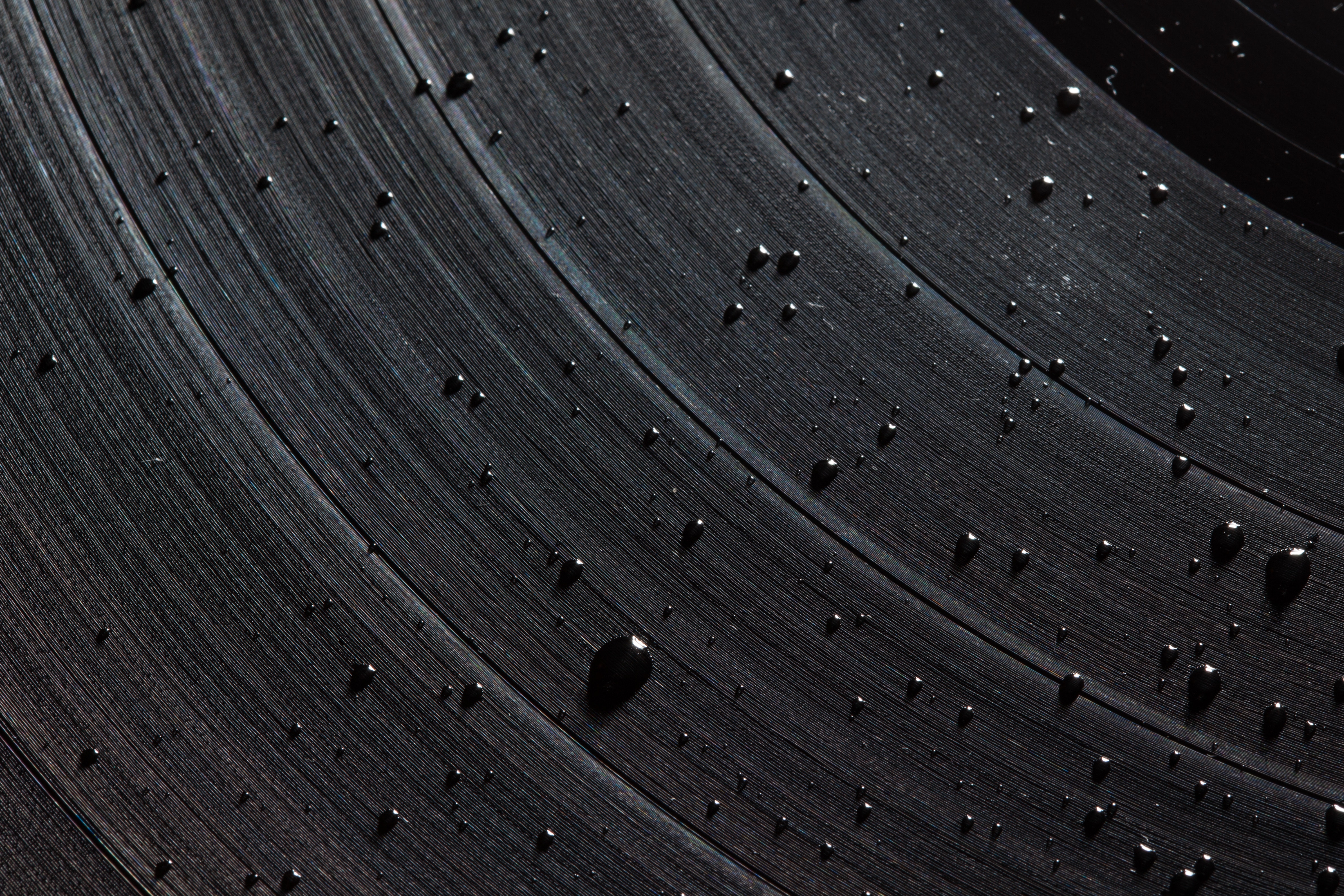Continued from part 1, part 2, part 3, part 4, and part 5.
Download the finished track on Bandcamp.
A quick recap
Late last year, the call went out on the Fediverse for musicians to collaborate on a new compilation. I signed up, and got semi-randomly paired up with LouInABox to make a piece on the theme of Portraits. We chose a photograph of Wendy Carlos as our inspiration, and set about translating it to music. It is now finished, and will be released soon on Bandcamp as the fourth in the A Whale's Lantern series. (I'm also on the second compilation, collaborating with Mascha.)
The process
Our rôles were fairly clear-cut this time: Lou composed the melodies in MuseScore, and mailed them to me; I imported them into Ardour and designed the sounds and effects for them. Lou also spliced together some field recordings from Freesound to make intro and outro sound collages.
I was keen to try making music purely with free software. I've made most of my music using Tracktion on Windows, but recently I've been using Linux for pretty much everything else. So I installed Ubuntu Studio. It's truly strange to be able to start making music without installing anything else, just using the default software, but that's how it was: Ardour and a huge selection of plugins, including Yoshimi, the tremendously versatile synth that provided all the sounds. Most of the effects plugins I used were from the Calf suite, though I have to give a special mention to the plate reverb that's liberally smeared over everything - that's by Steve Harris.
The guided tour
The track starts with a sound collage representing some of the things in the photograph we chose. A cat purrs on Wendy's lap, while she types on a mechanical computer keyboard. Like thoughts going around her head, two snatches of melody float through the air. One is Total Eclipse, from Handel's Samson oratorio, to represent Wendy's interest in photographing solar eclipses, and the second is the Cat's theme from Prokofiev's Peter and the Wolf. Wendy loves cats - you've seen her website, right? Then, inspired, Wendy plugs in a jack, hits record on a tape machine, and (despite the cat's protest) starts playing.
The first half of the piece is inspired by Wendy's 1960s work, with a classical feeling and Moog-like synth sounds. The sounds are based on organ, reed, string, voice and bell patches from Yoshimi's preset banks, though they sound quite different after my tweaks. The voice, with its dynamic formant filter, is meant to recall March from A Clockwork Orange, with its vocoded Ode to Joy. If you hear any actual words in it, it's just your subconscious talking, I didn't put any in.
Something I really like about Lou's composition is that, although it's in ⁵₄ time, it has the playful, flowing feeling of ⁶₈. It avoids the spikiness you usually get from fives.
I couldn't resist putting a donk on it. What seems to be the beginning of a house beat filters in. (This has no particular relevance to Wendy Carlos, it just sounded right.) The melody stops, and drops down to a droning chord. I wanted this to sound like the soundtrack to The Shining, at least the parts by Wendy Carlos and Rachel Elkind. What you can't tell at this point is that we've switched from conventional equal tempered tuning to Wendy's own Alpha tuning. After the beat collapses in a torrent of echoes, the melody comes back, but transmuted into an exotic, crystalline Alpha form. For me, this section has a strong blue-violet coloration, contrasting with the ochres, greens and pinks of the first half. (Let me know if it has a colour for you.) This section finishes rather abruptly, and I was looking for a way to end the piece gracefully when Lou sent over the charming little variation that follows it. It's a joyful return to the familiar world, just with a little more colour. It closes the circle in a satisfying way.
The tape-recorder stops, and the lead is unplugged. Job done.


Comments
No comments yet. Be the first to react!